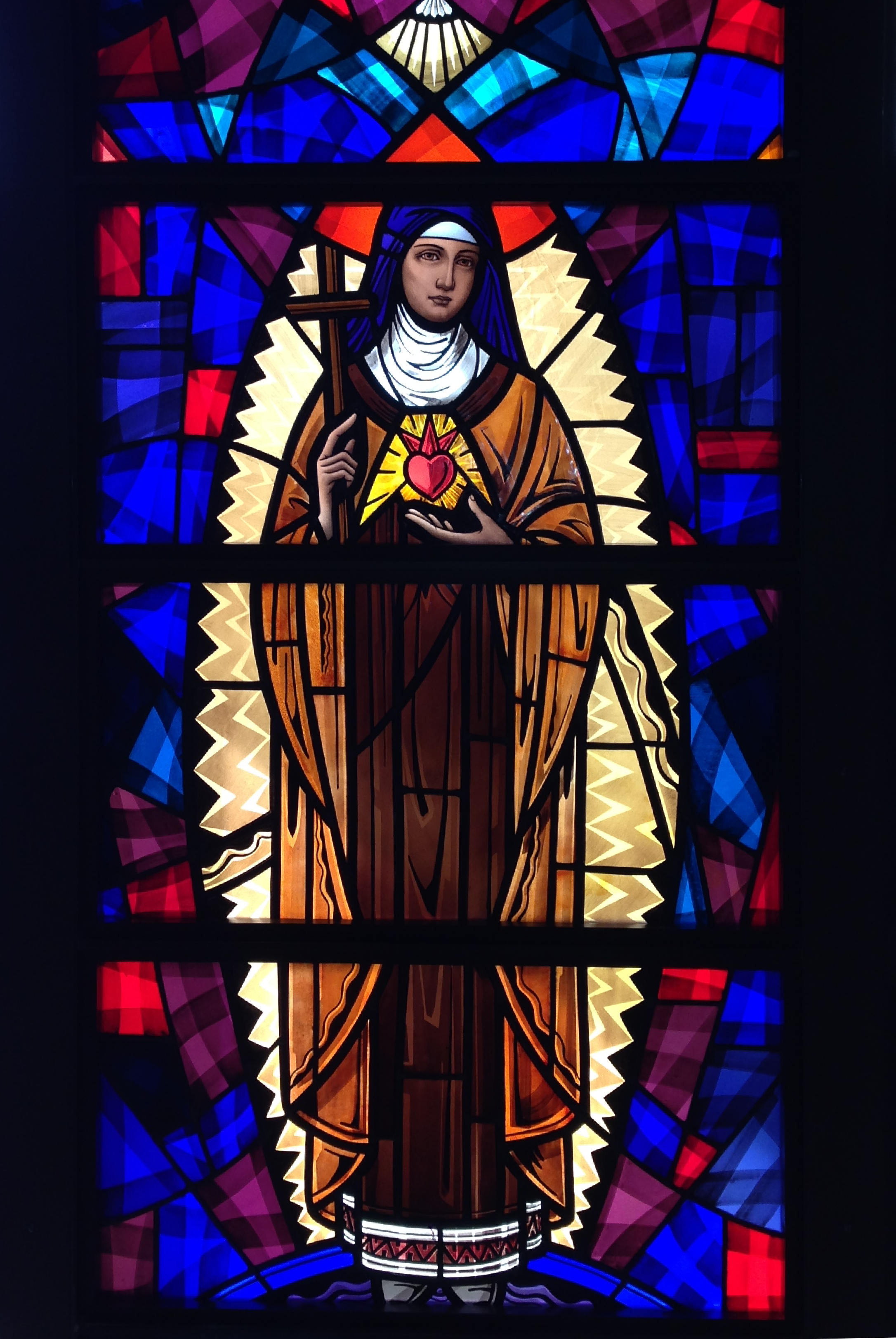The Liturgical Calendar begins every year during the month of November on the First Sunday of Advent and runs through to the Solemnity of Christ the King. The "Lectionary," the Mass readings from the Holy Bible, follows a Sunday cycle and a weekday cycle. The Liturgical Calendar follows a three-year cycle, each year being represented by the letters, A, B, and C. During the year A cycle, the Gospel of Matthew is the primary Gospel that is used for the readings. In year B, Mark is the primary Gospel. In year C, Luke is the primary Gospel. The Gospel of John is proclaimed on particular Sundays in each of the years.
Among the four gospels, Mark's account is unique in many ways. It is the shortest account and seems to be the earliest. Both Luke and Matthew use much of Mark's text. Luke’s account contains over half of the verses in Mark’s account (some 350 verses out of a total 660 verses in Mark). Unlike Luke and Matthew who begin their accounts with the events surrounding the birth of the Messiah, Mark begins his account with Jesus' public ministry and the mission of John the Baptist. Mark leaves no doubt as to who Jesus was. In the very first sentence of his account, he proclaims that Jesus is the "Christ, the Son of God" (Mark 1:1). Jesus was not simply a man among men, but one who caused great wonder, amazement, and awe upon those who encountered him. "They were astonished at his teaching" (Mk 1:22); "they were all amazed" (Mk 1:27); "they were utterly astounded" (Mk 6:51); "the disciples were amazed at his words" (Mk 10:24), etc. Mark stresses Jesus as "Teacher" and as the "Servant of God". Jesus is regularly addressed as "Teacher" by his disciples (Mk 4:38 ) and by those who seek his help (Mk 5:35). He also uses the Hebrew form of teacher, "Rabbi" (Mk 9:5). Ironically Mark gives little of Jesus' teaching compared with Luke and Matthew. Mark mainly stresses what Jesus did. He depicts Jesus' ceaseless activity and his power over sickness, disease, death, and the work of evil spirits.
